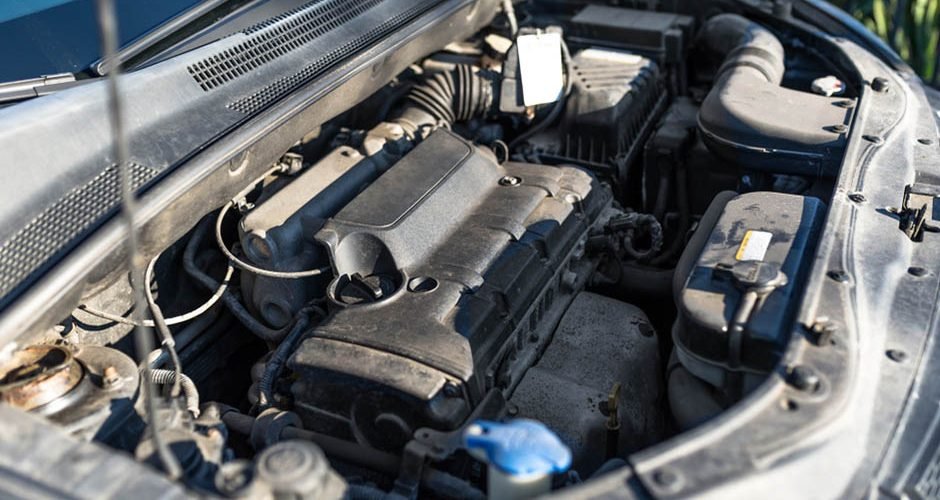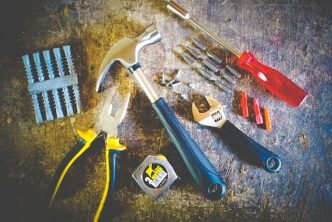Buying a used Jeep engine can be tiring work, especially if you do not know what you are looking for. A Jeep is a precious commodity for any owner, and having its engine damaged is something that can be worrisome.
One option to get this problem fixed is to look for second-hand Jeep engines for sale. Looking for a used Jeep engine will have its benefits. First and foremost, it will be a pocket-friendly option while getting the same compatible model for your Jeep. Not to forget, it is an environmentally friendly option as well, as the manufacturing resources are saved and the product is used to its maximum capacity.
But how do we know that we are buying the right engine? To get an answer to this question, read further into the blog to see the top 5 Jeep engines and the ways to check for reliable used Jeep engines.
Table of Contents
Top 5 most reliable Jeep engines of 2023
The jeep has a long and colorful history, managed by different hands throughout its journey. Being passed on from one owner to another, the company and the models went through many changes.
As much as the history of the jeep is interesting, the engines made at these different stages were made focusing on different aspects. Here is the list of the top 5 most reliable engines throughout the whole journey. So, even if you are someone planning on restoring your old Jeep, be assured that you will be able to find an engine for your mission.
- AMC Powertech 4.0 L: a long-lasting and reliable powertrain is the 4.0-liter AMC Powertech inline-six. Ratings range from 177 horsepower to 190 hp depending on the era they were built in. It is well-known for its ability to withstand great use and damage while remaining operational.
- Willy’s go devil: With a displacement of 134 cubic inches (2.2 liters), its 60 horsepower is nothing to write about, but it’s 105 lb.-ft. of torque at 2,000 rpm is far more astounding.
- VM Motori 3.0 V6: the VM Motori 3.0-liter turbodiesel V6 used in many modern Jeeps can produce 240 hp and 420 lb.-ft. while attaining 30 mpg with a light foot.
- The AMC/Jeep 401 V8: The AMC/Jeep 401 V8 was the largest engine ever mounted to a Jeep, at 401 cubic inches. It produced 330 hp with a displacement of roughly 6.6 liters in 1971. However, as the Malaise Era set in, output progressively fell to 215 hp in 1976.
- Chrysler Pentastar 3,6 V6: The huge 3.6-liter unit can generate a robust 285 horsepower in Jeep vehicles and is still available.
How are Jeep engines more reliable?
Many factors make Jeep engines very reliable:
- Off-road capabilities: Jeeps are well-known for their off-road prowess, and their engines play an important role in supplying the required power and torque. Jeep engines are built to generate enough of low-end torque, which is necessary for climbing steep inclines, navigating rugged terrain, and blasting through obstacles.
- Engine options: Jeep offers several engine options across its model lineup, letting consumers select an engine that meets their needs and tastes. This selection covers engines with varying power outputs, fuel efficiency levels, and performance qualities.
- Durability: Jeep engines are well-known for their strength and longevity. They are built to endure the stresses of off-road driving and difficult terrain. Jeep engines are frequently constructed with heavy-duty components capable of withstanding high-stress scenarios and extended use.
How do I check the condition of used Jeep engines?
While making the purchase, you should thoroughly inspect the engine before making any decisions. Here is a guide to how you can test the conditions of a Jeep-used engine for sale.
- History and documentation of the vehicle: Request the vehicle’s maintenance records to check if the engine has been consistently serviced and maintained. Check to see if the engine has undergone any substantial repairs or overhauls in the past. This information can provide insights into its condition and possible reliability.
- Visual inspection: Begin by inspecting the engine for evidence of leaks, such as oil, coolant, or transmission fluid. Leaks can signal underlying problems. Inspect the engine bay for evidence of corrosion, rust, or damage to engine components. Search for any loose or disconnected hoses, belts, or wires.
- Looking out for noises: Start the engine and listen closely for any strange noises, such as banging, tapping, rattling, or hissing. Take note of any anomalies and inspect them properly.
- Testing: Perform a compression test to determine the condition of the engine’s cylinders. Examine the engine’s oil condition and level. Take note of acceleration, response, and any hesitation or loss of power.
If you are completely new to the idea of engine inspection, try taking a knowledgeable person along who might be able to assist and guide you with your used Jeep engines.
Conclusion
With this, it will not be wrong to conclude that used Jeep engines are one of the best alternatives for engine replacement. With this blog, you will now be equipped with the knowledge of what to look for while making that decision. An environmentally sound decision that will add years to your Jeep’s life. Second-hand Jeep engines for sale can easily be found with some basic research.
If you are looking for a place to get your used engine needs met, then Used Engines is the place to go. With warrantied engines and transmissions, they have friendly assistance and quality services to make your experience with your used engine requirements the best.





